Noise
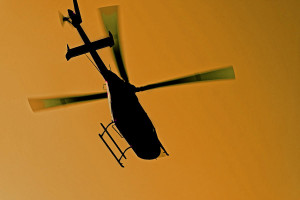
The Southern California Rotorcraft Association (“SoCal Rotors”), including our pilot members, operators and agencies, are all concerned with the disturbance caused by helicopter noise. The National Airspace System (“NAS”) has become Target Number One for those seeking to find relief from helicopter noise in our communities. However, it must be understood that the airspace in use today has come about through decades of study, scrutiny and participation from the public and aviation community. Safety of flight in a very complex three-dimensional airspace is paramount to all of us.
We are working very hard to address specific issues that may arise, as we understand that the aviation landscape continually changes and we need to change with it. We welcome input from the public and consider it vital to our ability to assess necessary changes and put them into action.
SoCal Rotors meets regularly with local community groups and homeowner organizations (over sixty such meetings in the past two years). We have representatives from the public safety sector who advise us on what is possible from their perspective. Commercial operators, including utility companies, are solicited frequently for solutions. And finally, we work closely with the Federal Aviation Administration (“FAA”) to ensure that any proposed changes will not cause a ripple effect that ultimately diminishes safety for airliners and the substantial fixed wing traffic in the greater Los Angeles area.
SoCal Rotors Board members attend monthly meetings with the FAA and other stakeholders in order to stay up to date on the latest noise trends in the region. SoCal Rotors disseminates this updated information to our members using our public events and our Main Rotor newsletter.
There are many factors related to noise from aircraft (both fixed wing and helicopter) as well as a multitude of other sources of noise in the greater Los Angeles area. We understand that some of these sources are annoying and we are doing our part to carefully analyze the helicopter related noise sources and reach out to both helicopter operators and pilots to determine how changes can be made without jeopardizing the safety of the mission. We all want to be good neighbors.
The population of Southern California is growing, the demands on transportation are increasing, and that goes for airspace as well. We all need to work together to best determine how all the various homeowner interests, employer and economic interests, national and international airline interests, and, above all, safety interests can best be served. We welcome you to report your concerns and constructive comments. You can email your noise complaints to noise@socalrotors.org. We do not reply to all reports of noise, but will contact you if we need additional information.
HotSpots
SoCal Rotors (previously PHPA) created the HotSpot system that lets us work hand-in-hand with the community regarding concerns about helicopter related noise.
HotSpots are designed to identify communities, neighborhoods and venues that have an increased level of helicopter-related noise complaints. HotSpots are not intended to depict geographic “no fly zones”. Rather, this information is intended to alert all aviation-related operators to the increased levels of community awareness to aviation operations within their neighborhoods. This information can then assist operators in implementing mitigation measures, including varying their operations in the vicinity of that HotSpot.
The listings below are current areas that SoCal Rotors has identified as HotSpots.
West Hollywood HotSpot
The City of West Hollywood, with the assistance of the Los Angeles County Sheriffs Aero Bureau, contacted SoCal Rotors to address concerns relating to an increase in helicopter related noise complaints from citizens within their community. Representatives from SoCal Rotors, the City of West Hollywood, and the Aero Bureau of the LASD met to discuss their concerns.
After a concentrated discussion focusing on the local airspace configuration and the Federal Aviation Regulations pertinent to helicopter operations, the crux of the City’s concerns were determined to be specific to coverage of high interest media events that occur within their city. The two areas depicted below represent the two neighborhoods within the City of West Hollywood that are most impacted by these operations.
Although the City of West Hollywood understands that commercial helicopter operators are obligated to fulfill their contractual flight services to media clients, it is their desire to work with our industry members to mitigate as much residual noise from their neighborhoods when possible.
SoCal Rotors recommends the following insights be used by pilots when their aircraft are conducting operations near these West Hollywood “Hot Spots”:
All traffic transitioning West/East bound should report the “Blue Whale” 1/2 mile south of Beverly Blvd. when their operations do not need to transition the foothills.
All aircraft providing services to media clients near these neighborhoods minimize their time over specific geographic targets, when safety and circumstances permit, and follow the guidelines of the Fly Neighborly program as recommended by the Helicopter Association International.
LAX Industrial Transition HotSpot
The FAA issued NOTAM FDC 2/1776 to redraw the “Sepulveda Industrial Transition Route” as depicted on the Los Angeles Helicopter Route Chart. This NOTAM was the result of efforts spearheaded by the Southern California Airspace Users Group. The NOTAM became permanent in December 2004 with the publishing of the updated Los Angeles Helicopter Route Chart in that month.
Deviations from this route has resulted in an increase in community noise complaints from two neighborhoods located East and West of this transition route. The most northerly neighborhood in the City of El Segundo (”Area 1”) and the Holly Glen neighborhood in the City of Hawthorne (”Area 2”).
SoCal Rotors recommends that all aircraft, when safety permits, follow the text of the route description from the NOTAM (shown below) to avoid overflight of these communities.
SOUTHBOUND: CROSSING 105 FREEWAY AT 1500 FT MSL, OFFSET EAST TO JOIN THE MTA GREEN LINE WEST SIDE OF THE TRACKS. DESCEND ALONG THE WEST SIDE OF GREEN LINE TO AT OR ABOVE 900 FT MSL. ONCE PASSING THE REDONDO BEACH BOULEVARD GREEN LINE STATION, OFFSET TO JOIN THE 405 FREEWAY SOUTHBOUND.
NORTHBOUND: ABEAM THE MTA GREEN LINE STATION AT REDONDO BEACH BOULEVARD AT OR ABOVE 900 FT MSL, OFFSET WEST OF THE TRACKS AND FOLLOW THE GREEN LINE WHILE CLIMBING TO 1500 FT MSL. PRIOR TO REACHING THE 105 FREEWAY, OFFSET WEST TO JOIN SEPULVEDA BOULEVARD.
Hollywood Bowl & John Anson Ford Theater
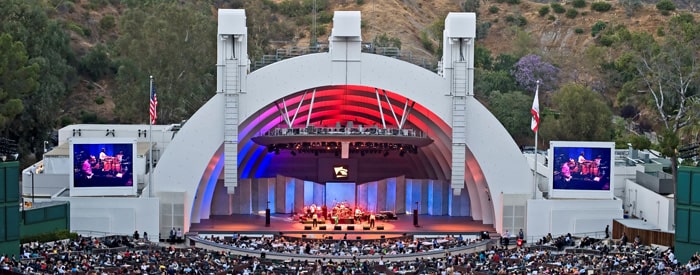
The Hollywood Bowl and John Anson Ford Amphitheatre concert season runs from April until September every year. As always, it is requested that the pilots avoid flying over the venues or through the Cahuenga Pass during concert show times.
The Hollywood Bowl and the John Anson Ford are located five miles southeast of Bob Hope – Burbank, CA (BUR) Airport and 15 miles north/northeast of Los Angeles International Airport, (LAX) near the intersection of airways V186, V459, and V201.
Hollywood Bowl HotSpot
The Hollywood Bowl has worked with SoCal Rotors for many years to educate the helicopter industry about the unique listening environment that is created by the canyon terrain that surrounds the Hollywood Bowl. It is this geologic attribute that creates the unique sounds that are so important to the patrons and orchestras that enjoy their experience at this classic venue.
Unfortunately, these same geological features accentuate the normal subtle sounds of a transitioning helicopter. This situation is then compounded by the Hollywood Bowls proximity to the “Hollywood Freeway Route” as depicted on the Los Angeles Helicopter Route Chart. Due to the high elevation of the terrain on either side of the route, helicopters transitioning the area fly very close, if not over, the Hollywood Bowl.
As a result of the cooperative efforts by both SoCal Rotors (previously PHPA) and the administrative representatives of the Hollywood Bowl, the strobe light system was implemented during all events at both the Hollywood Bowl and the adjacent Ford Theater to allow helicopter pilots to know when events are ongoing at these venues.
The Hollywood Bowl area is defined visually with TWO WHITE SEARCHLIGHT BEAMS CROSSED IN THE SKY ABOVE THE STAGE and WHITE STROBE LIGHTS ON THE GROUND during the time period and days listed above.
The Ford Amphitheatre is defined either by ALL THE LIGHTS MENTIONED or by ONE SINGLE STROBE LIGHT (if the Bowl is not operating concurrently).
SoCal Rotors recommends the following insights be used by pilots when their aircraft are conducting operations near these two venue “Hot Spots” (when the strobe light are on):
Pilots are urged to check the concert schedule prior to flying through the Cahuenga Pass.
Hollywood Bowl Concert Schedule
All traffic transitioning North/South bound is asked to remain west of KJOI tower, or east of Mt. Lee (i.e. closer to the I-5) rather than Lake Hollywood or the Cahuenga Pass, since both locations are adjacent to the Ford Amphitheatre and the Hollywood Bowl. There is also the Golden State, I-5 Transition (North or South bound) if unfamiliar.
All traffic transitioning East/West bound should transition south of Sunset Blvd. when their operations do not need to transition the foothills and safety permits.
All operations should be conducted in accordance with the Fly Neighborly program as published by the Helicopter Association International.
Van Nuys HotSpot
The Citizens Advisory Committee of Van Nuys (CAC) contacted LAWA (Los Angeles World Airports) / Van Nuys Airport to address concerns relating to an increase in helicopter noise complaints from citizens within their community. CommuniQuest, a mediation consulting firm, was contracted to LAWA to assist with the communication process.
SoCal Rotors was invited to participate along with representatives of helicopter operators on the airport property, which included “electronic newsgathering” (ENG), law enforcement, flight training, firefighting and maintenance as well as representation from ATCT (air traffic control tower) Operations.
After a concentrated discussion focusing on local airspace configuration and the FAA regulations pertinent to helicopter operations, many of the concerns brought forth by the CAC were addressed by those in attendance and mitigated. The CAC understands that commercial helicopter operators perform many vital services and it is their desire to work with our industry members to mitigate as much residual noise from their neighborhoods when possible.
SoCal Rotors recommends the following insights be used by pilots when their aircraft are conducting operations near these Van Nuys Airport HotSpots:
All aircraft should follow geographic curvature of the highlighted helicopter routes until reaching airport property.
All aircraft providing services to media clients near these HotSpots should minimize their time over specific geographic targets, when safety and circumstances permit, and follow the guidelines of the Fly Neighborly program as recommended by the Helicopter Association International.
All aircraft should maintain FAA / Airport regulations for arrival and departure as stated which are:
“Departures will climb to 1,300 MSL prior to departing airport property, and arrivals will maintain 1,300 MSL until reaching airport property.”
Fly Neighborly
SoCal Rotors supports and promotes the Fly Neighborly program created by Helicopter Association International.
The Fly Neighborly program is a voluntary noise reduction program designed to be implemented by local helicopter operators, large and small. The Fly Neighborly program offers the technical information necessary for helicopter operators to use current equipment as quietly as practical, and to communicate to the public their efforts to make helicopter operations compatible with nearly all land uses.
The objectives of the Fly Neighborly program are to address noise abatement and public acceptance objectives with programs in the following areas:
Pilot and operator awareness
Pilot training and indoctrination
Flight operations planning
Public acceptance and safety
Sensitivity to the concerns of the community
The Fly Neighborly Guide is published by the Helicopter Association International to promote helicopter noise abatement procedures.
It is intended to serve only as a guide.
The guidelines are intended to assist pilots, operators and managers with establishing an effective, self-sustained Fly Neighborly program. The flight procedures and concepts outlined are further tailored by each operator to suit local needs, and to ensure that local or regional organizations cooperate to develop a strong, well-organized and disciplined approach to achieving Fly Neighborly objectives.
Information about the Fly Neighborly program can be found on the HAI web site here:
For more information:
Helicopter Association International
1635 Prince Street
Alexandria, Virginia 22314
flyneighborly@rotor.com
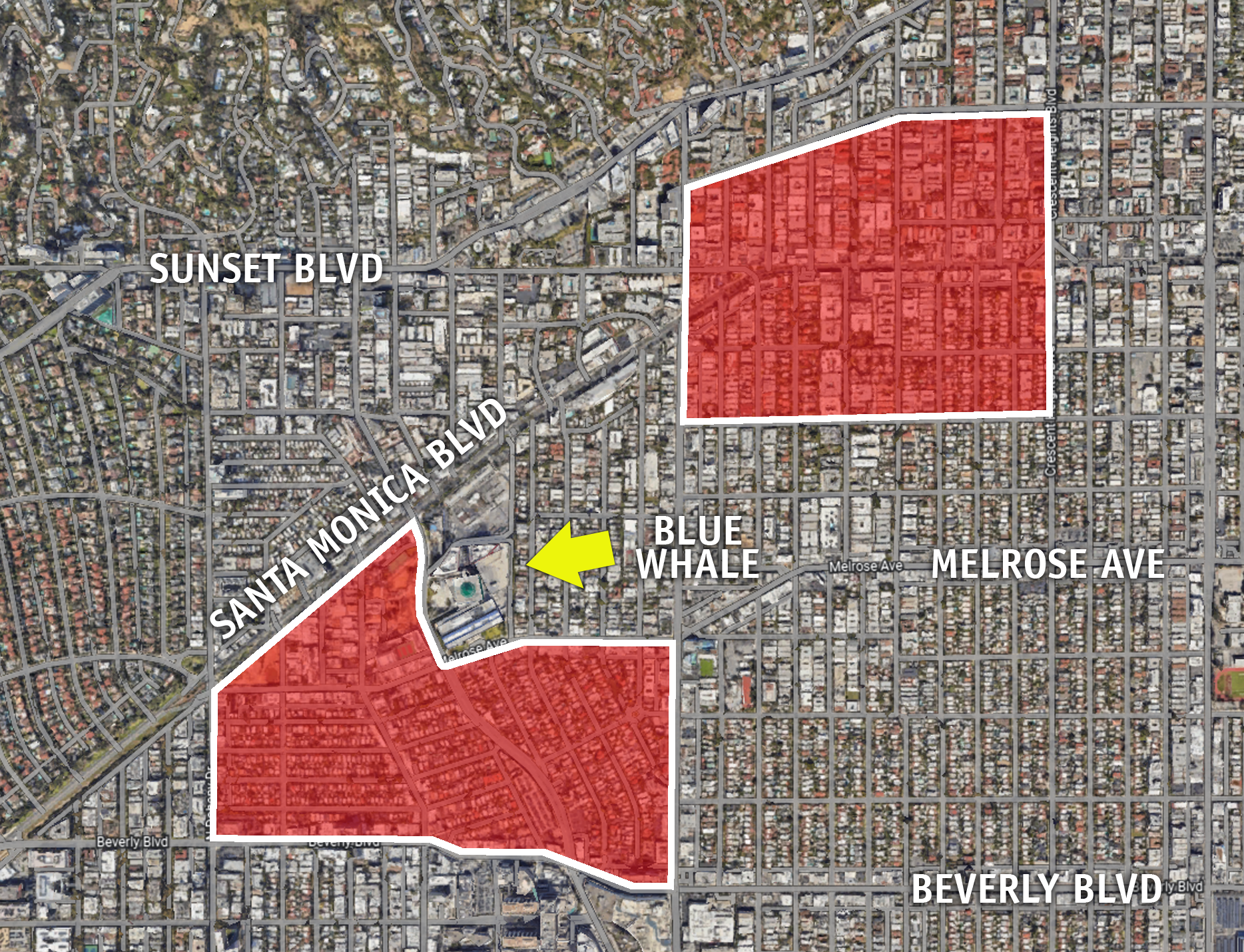
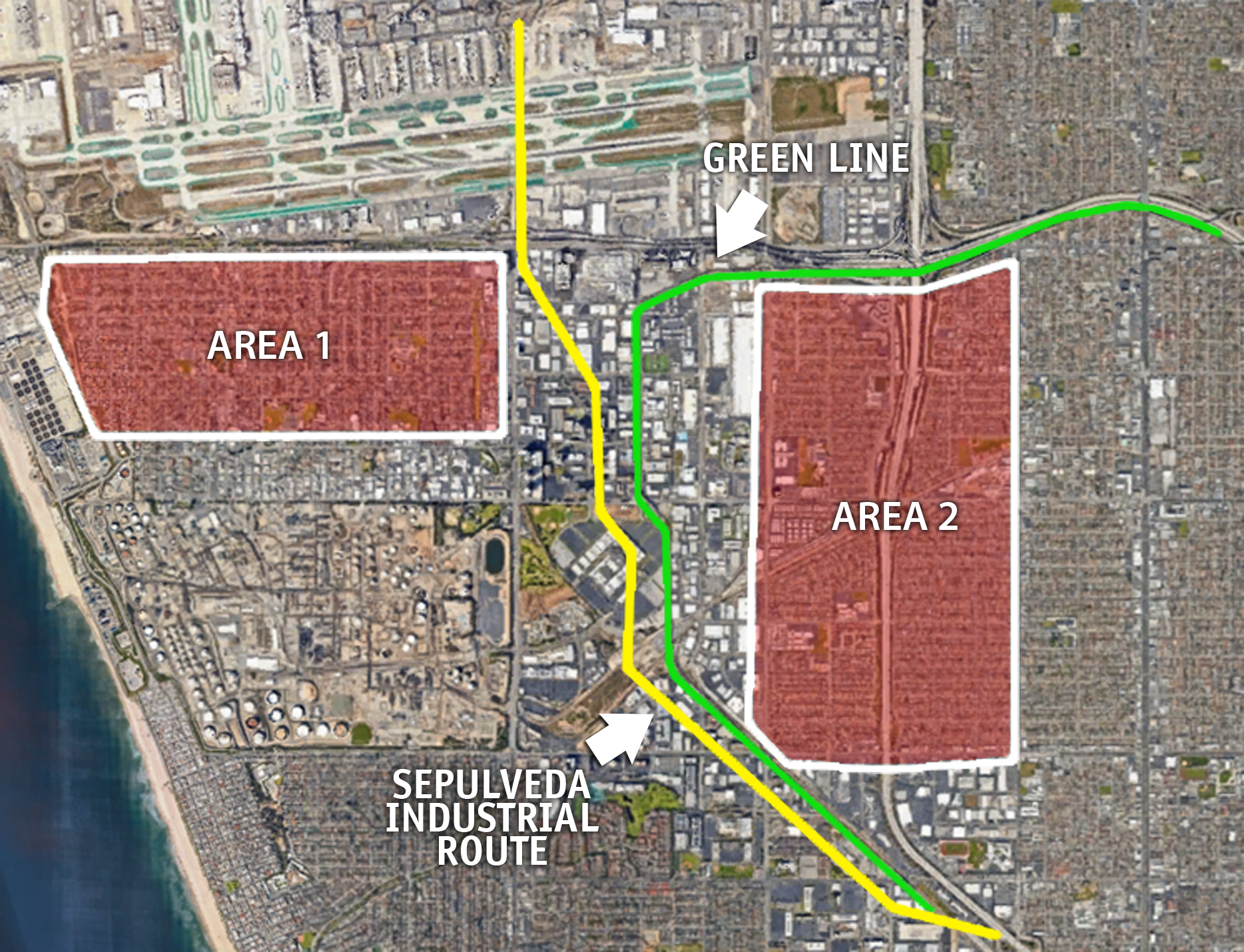
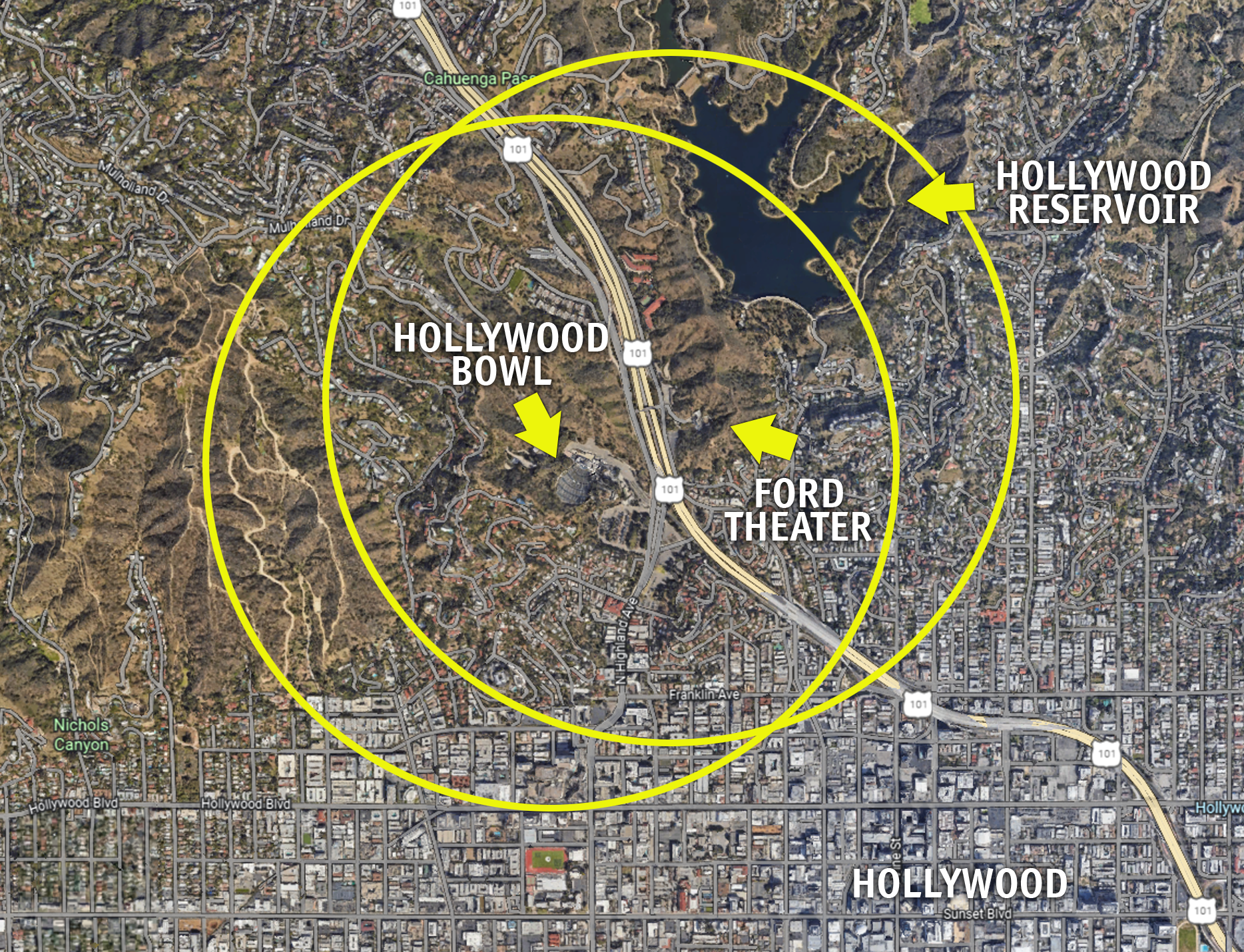
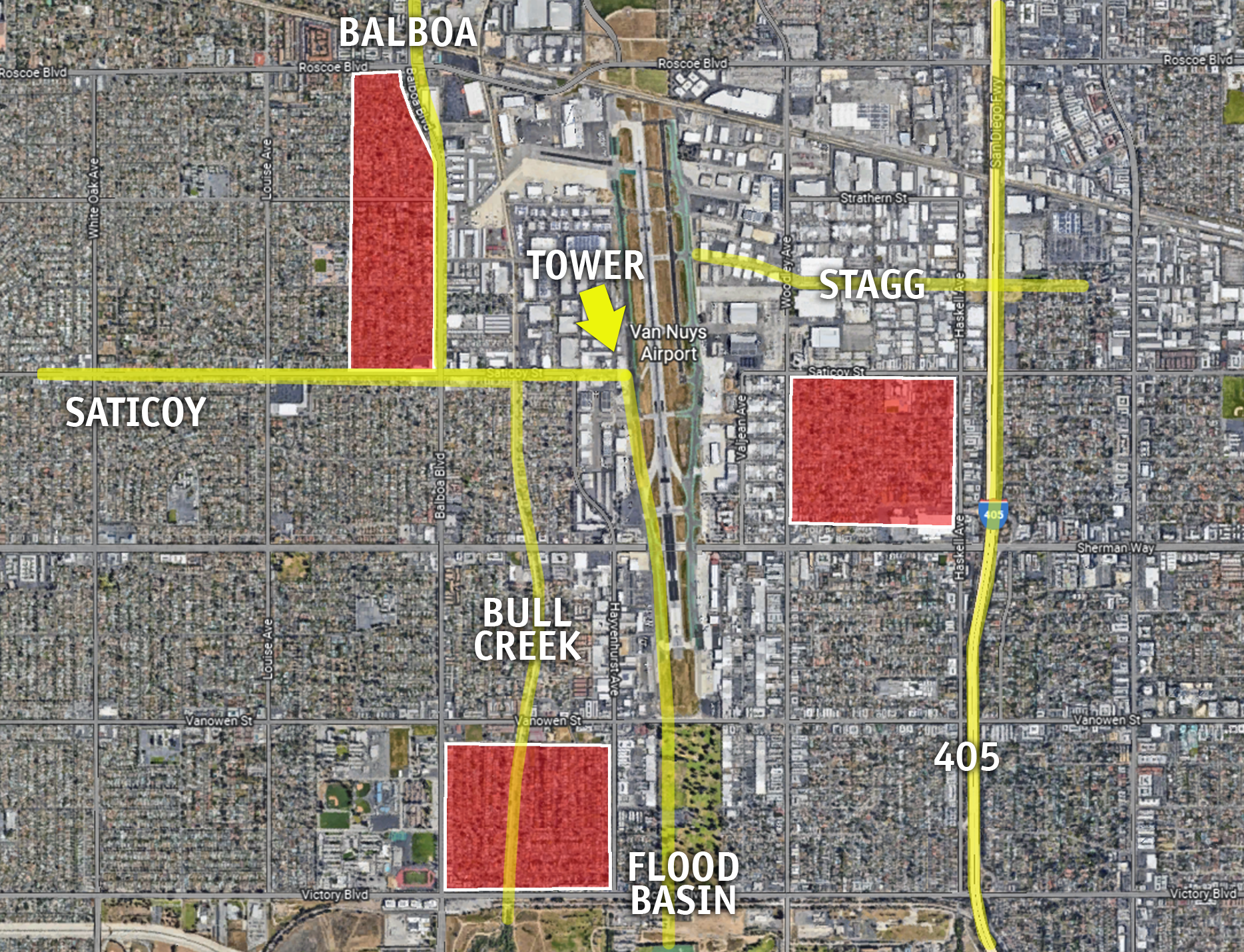
 HAI: Fly Neighborly Guide
HAI: Fly Neighborly Guide